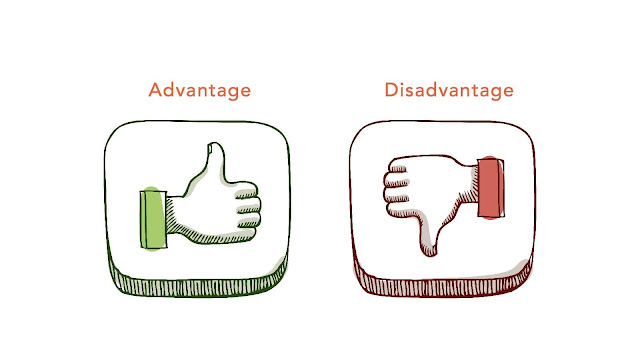 |
| Advantages And Disadvantages Of Zero Trust Model |
Advantages And Disadvantages Of Zero Trust Model
What is Zero Trust Model?
Zero Trust Model is a cybersecurity framework that assumes that any network or device, even those within an organization's network, may be compromised. It is based on the principle of "never trust, always verify." In a zero trust model, all access to systems and resources is strictly controlled, and all traffic is monitored and inspected for malicious activity.
Advantages of Zero Trust Model
Zero trust is a cybersecurity model that emphasizes the need for strict access controls and verification mechanisms for all users, devices, and applications that interact with a network. This model is designed to reduce the risk of data breaches and cyber attacks by assuming that every user and device is a potential threat until they are verified. Here are some advantages of the zero trust model:
-
Enhanced Security: The zero trust model provides a more granular approach to security, with multiple layers of authentication and access controls. This approach reduces the risk of data breaches and unauthorized access to sensitive information by allowing only authenticated users and devices to access the network.
-
Better Visibility: The zero trust model provides better visibility into network activity, allowing IT teams to monitor and control network access more closely. This helps them detect potential threats more quickly and respond to them in a timely manner.
-
Improved Compliance: The zero trust model helps organizations achieve compliance with industry and government regulations such as PCI, HIPAA, and GDPR. By implementing strict access controls and auditing mechanisms, organizations can demonstrate that they are taking steps to protect sensitive data.
-
Flexibility: The zero trust model is flexible and can be applied to a variety of environments, including on-premises data centers, cloud environments, and mobile devices. This makes it easier for organizations to secure their networks regardless of where their data resides.
-
Reduced Risk: The zero trust model reduces the overall risk of cyber attacks and data breaches by taking a proactive approach to security. By assuming that every user and device is a potential threat, organizations can implement controls and monitoring mechanisms that help prevent attacks from occurring.
In summary, the zero trust model provides enhanced security, better visibility, improved compliance, flexibility, and reduced risk for organizations. By implementing this model, organizations can better protect their sensitive data and assets from cyber threats.
Disadvantages of Zero Trust Model
While the zero trust model has many advantages, there are also some potential disadvantages that organizations should be aware of. Here are some of the disadvantages of the zero trust model:
-
Implementation Complexity: Implementing the zero trust model can be complex and time-consuming, particularly for large and complex networks. It requires significant planning, design, and coordination between IT teams to ensure that all security controls are implemented correctly.
-
Cost: Implementing the zero trust model can be expensive, particularly if the organization needs to invest in new security technologies or hire additional staff to manage the security controls. The cost may be particularly high for small businesses or organizations with limited resources.
-
User Experience: The zero trust model can create a more complex and cumbersome user experience, as users may need to authenticate multiple times and navigate multiple security controls before gaining access to the resources they need. This can lead to user frustration and reduced productivity.
-
False Positives: The zero trust model can generate false positives, where legitimate users or devices are denied access to resources due to overly strict security controls. This can occur if the organization's security policies are not well-defined or if the security controls are not properly configured.
-
Increased Management Overhead: The zero trust model can create additional management overhead for IT teams, particularly if the organization has a large and complex network. This can include managing multiple security controls and monitoring network activity to detect potential threats.
In summary, the zero trust model has some potential disadvantages, including implementation complexity, cost, user experience challenges, false positives, and increased management overhead. Organizations should carefully consider these disadvantages when deciding whether to implement the zero trust model and ensure that the benefits outweigh the potential drawbacks.






0 Comments:
Post a Comment